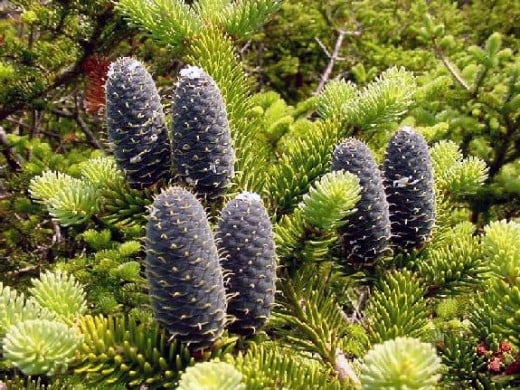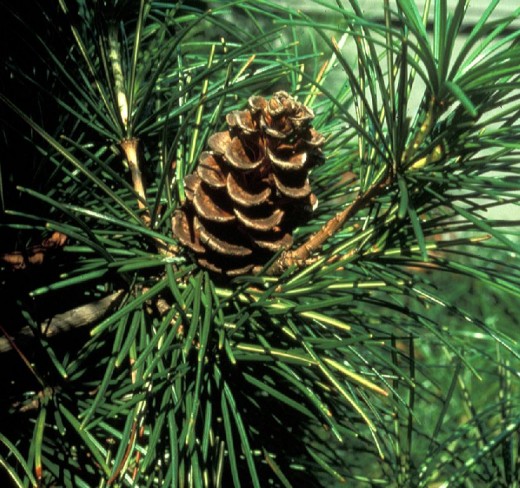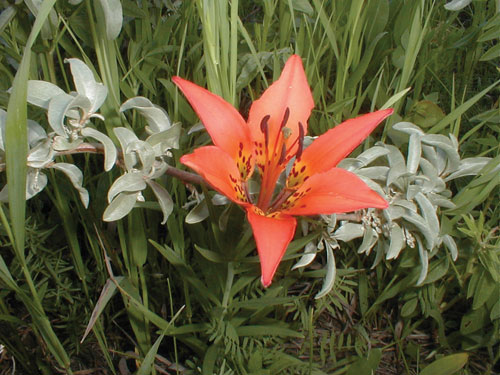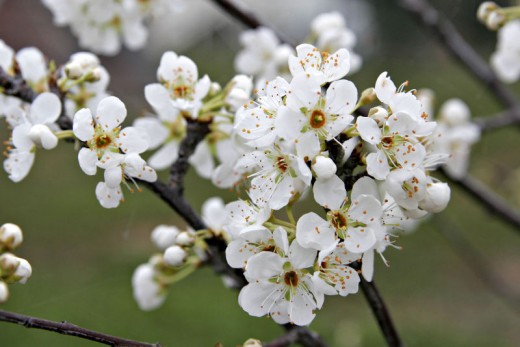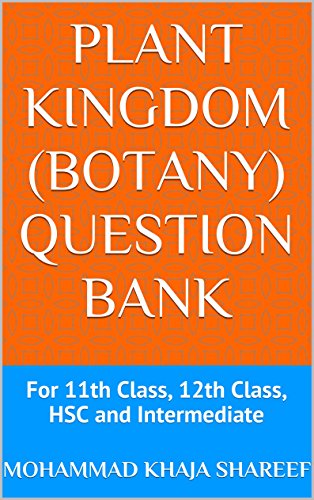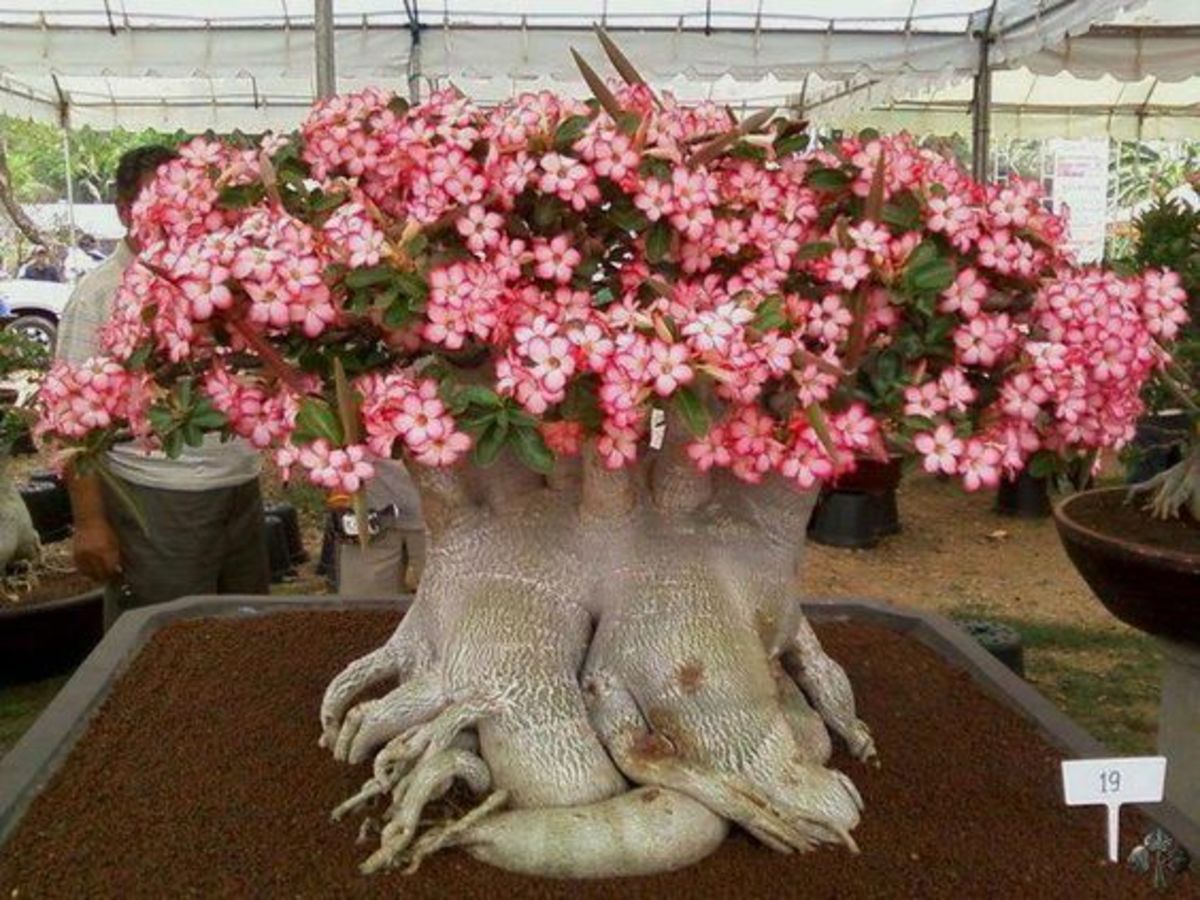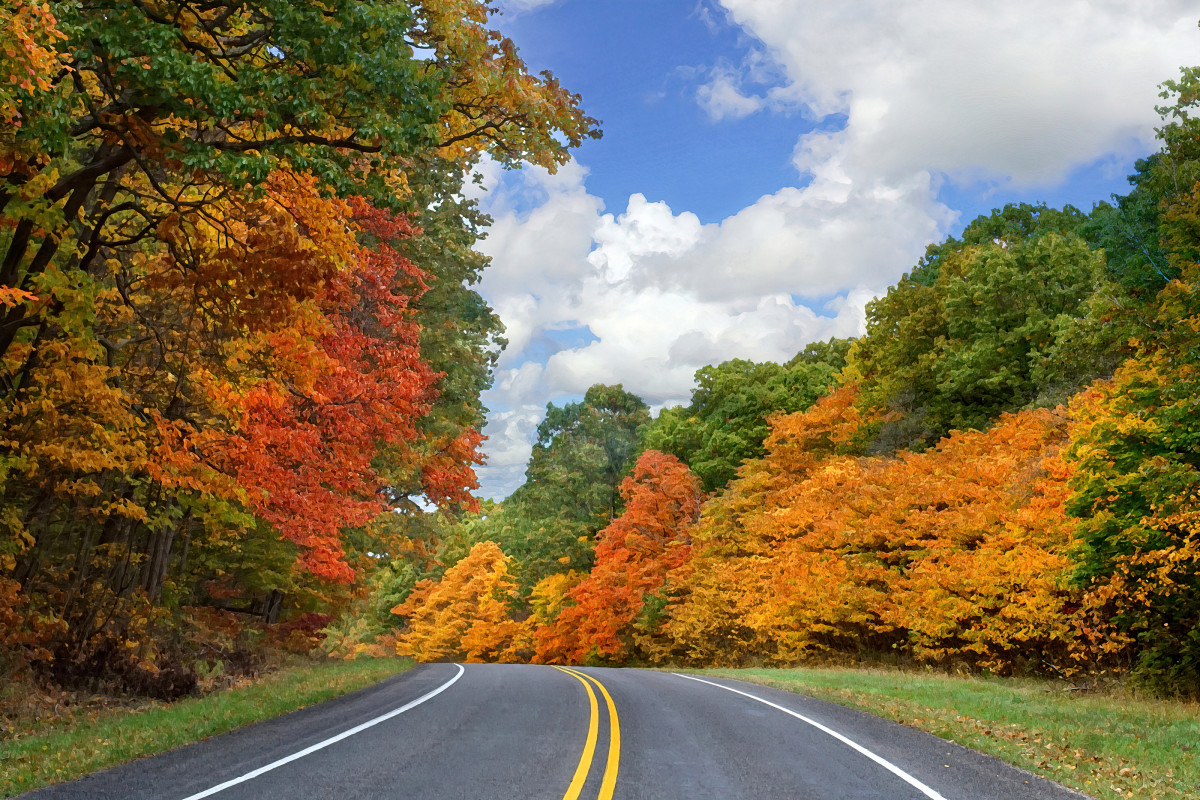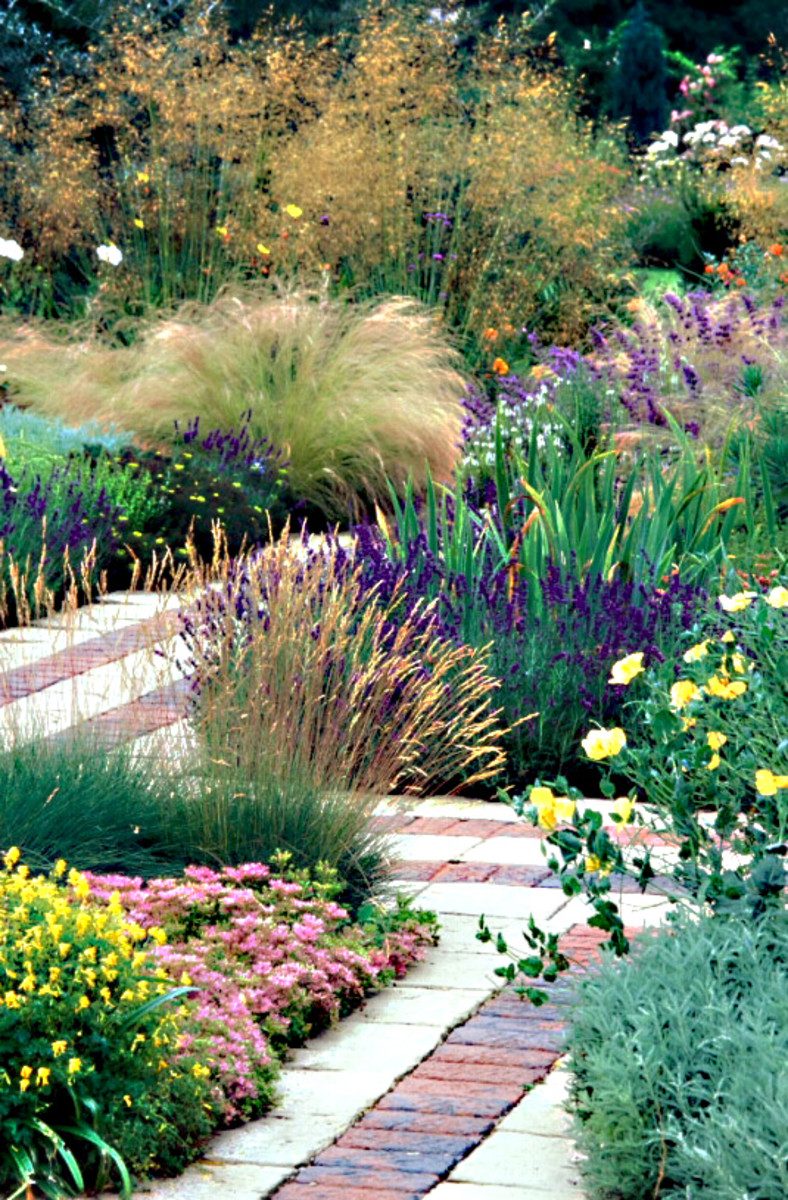Gymnosperms and Angiosperms
Gymnosperms Plants
Click thumbnail to view full-size

Angiosperms Plants
Click thumbnail to view full-size

Gymnosperms and angiosperms are seed-bearing plants. The gymnosperms bear naked seeds attached to the plants, while angiosperms bear seeds in covers or fruits. Most gymnosperms are evergreen plants, while angiosperms shed their leaves once every year.
The leaves of all seed-bearing plants contain chlorophyll and they synthesize their won food. In gymnosperms, reproduction takes place in cones, while in angiosperms, this process occurs in the flower. Gymnosperms have simple xylem but angiosperms have a complex type of xylem.
The wood of gymnosperms is used for furniture and as fuel. For example, pine, Douglas fir, redwood, spruce, deodar, etc. about 300 species is cone-bearing conifers. These trees are mostly found in the northern and southern temperate forests. In these trees seeds are carried through air. There are both mail and female trees in this category.
Angiosperms include melon, water melon, cucumber, tomato, beans, grapes, guava, etc. there are two types of angiosperms- monocotyledons and dicotyledons. Monocotyledons have seeds with one leaf inside, while dicotyledons have two. We get cereals, pulses, fruits, vegetables from these plants. We also get coffee, cotton, spices, oil and medicine from them

